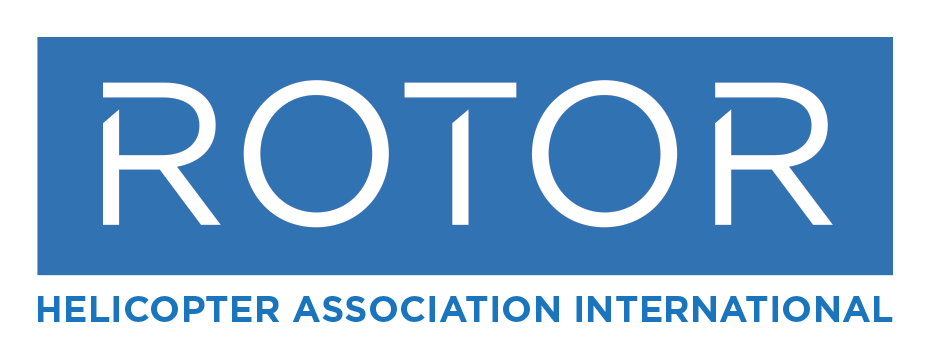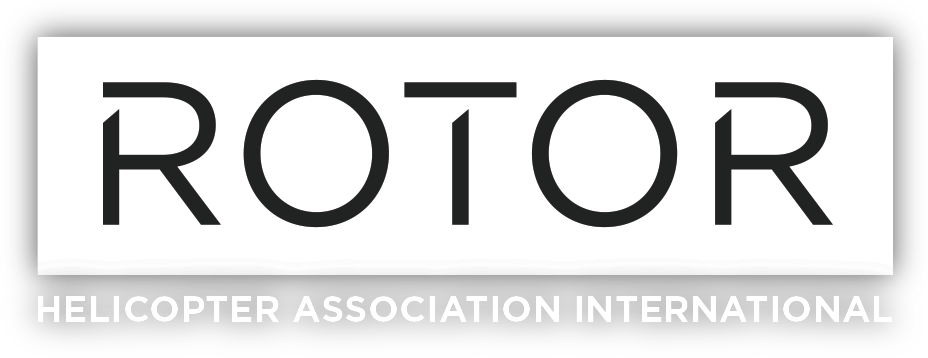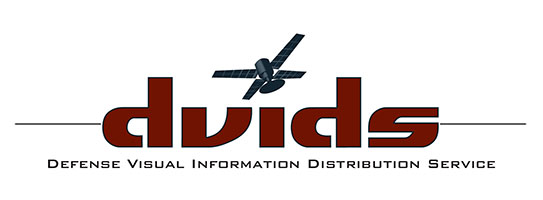- Meet minimum age requirements (with few exceptions, 17 years old)
- Read, speak, write, and understand the English language
- Receive appropriate flight training, with an instructor’s logbook endorsement confirming the training
- Pass a written, oral, and practical test.
Note: The following FAQs are based on U.S. federal aviation regulations for earning a U.S. private pilot’s certificate for rotorcraft. Additional requirements may exist in countries other than the United States of America. Be sure to check with your country’s aviation authority.
1. I Already Have a Fixed-Wing Pilot’s Certificate
What are the requirements for me to add a rotorcraft rating?
If you hold a private pilot certificate or higher and a current 3rd-class or higher medical certificate, you must complete a minimum of 20 hours dual instruction and 10 hours of solo flight. (Thirty hours of dual is more typical.) You will need to pass an oral exam and check ride. You will not need to take the written exam again.
How much will it cost?
As was the case with your fixed-wing certificate, how much it costs depends on how long it takes you. $8,000 to $10,000 is fairly typical. As with fixed-wing aircraft, if you want a career as a pilot, you’ll need at least a commercial certificate, which will mean additional training and additional cost.
How different is flying a helicopter from flying an airplane?
In cruise flight, there is little difference between a helicopter and an airplane. Moving the stick left or right banks the helicopter, creating a horizontal component of lift that turns the aircraft, and pedals are used to align the nose of the helicopter with the direction of flight. The real difference is when your airspeed approaches zero: the take-off, the landing, and of course, the hover. Emergency procedures are entirely different as well and will require you to learn to manage and mitigate new risks that you have not faced before as a fixed-wing pilot.
My certificate was issued by a country other than the United States.
The U.S. Federal Aviation Administration will issue private pilot certificates to holders of private pilot or higher certificates issued by other nations if the foreign pilot license meets certain requirements.
2. I’m Starting from Scratch
How do I find a flight school?
Check the HAI Membership Directory. Nearly 200 HAI members offer pilot training. Just select “Pilot Training” under Type of Product or Service.
Another resource is the School Locator at www.justhelicopters.com.
How long will it take?
That depends on you and the weather. The FAA requires a minimum of 40 flight hours of instruction, of which at least 20 hours must be with an instructor and 10 hours must be solo. For most student pilots, 50 to 60 hours is more typical. Reaching that level of flight experience will take most people between six months and a year. Federal aviation regulations (14 CFR 61.109(c)).
What will I learn?
Basic airmanship, navigation, and emergency procedures — both how to avoid emergencies and how to get out of them. You’ll also learn the regulations that govern flying. It’s all outlined in the federal aviation regulations (14 CFR 107(b)(3)).
How much will it cost?
There’s no way around it — learning to fly is not inexpensive. You’re renting a helicopter and paying for your instructor’s time. You can expect to pay between $11,000 and $16,000, depending on where you live and how many hours it takes you. The good news is that at many schools, you pay as you go.
If you want a career as a helicopter pilot, you will need additional certificates (commercial or higher), which will require additional training and additional cost.
3. I Learned to Fly Helicopters in the Military
Most civilian aviation authorities allow military pilots to credit their military flight experience toward a civil pilot’s certificate. U.S. regulations say that military pilots who can document that they are or were a pilot in the U.S Armed Forces, that they graduated from a U.S. Armed Forces undergraduate pilot training school and received a rating qualification as a military pilot, and that they passed a pilot proficiency check and instrument proficiency check may apply for a commercial pilot’s certificate.
Similar requirements under the same U.S. regulation apply to military pilot instructors and military pilot examiners seeking a civilian flight instructor’s certificate.





